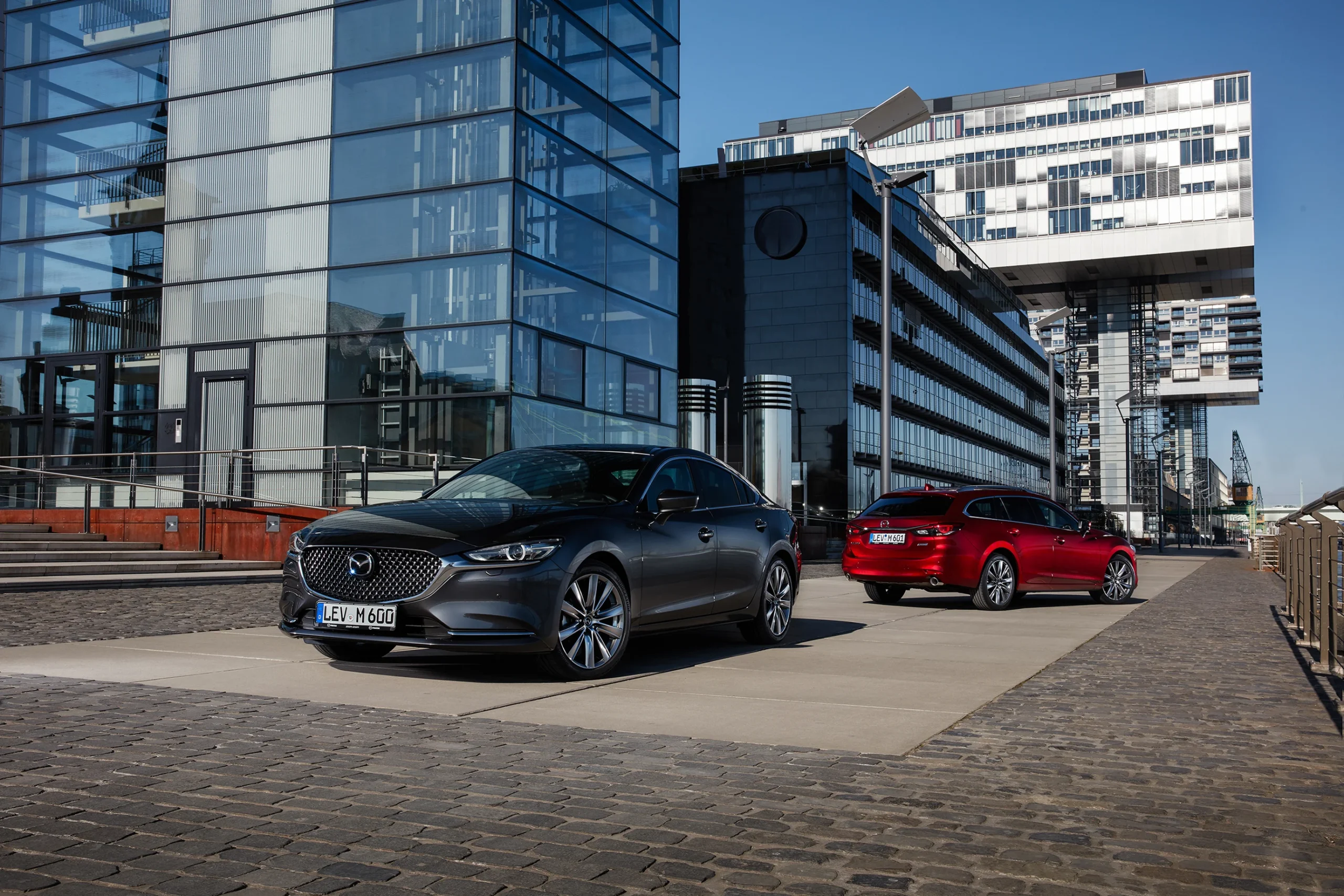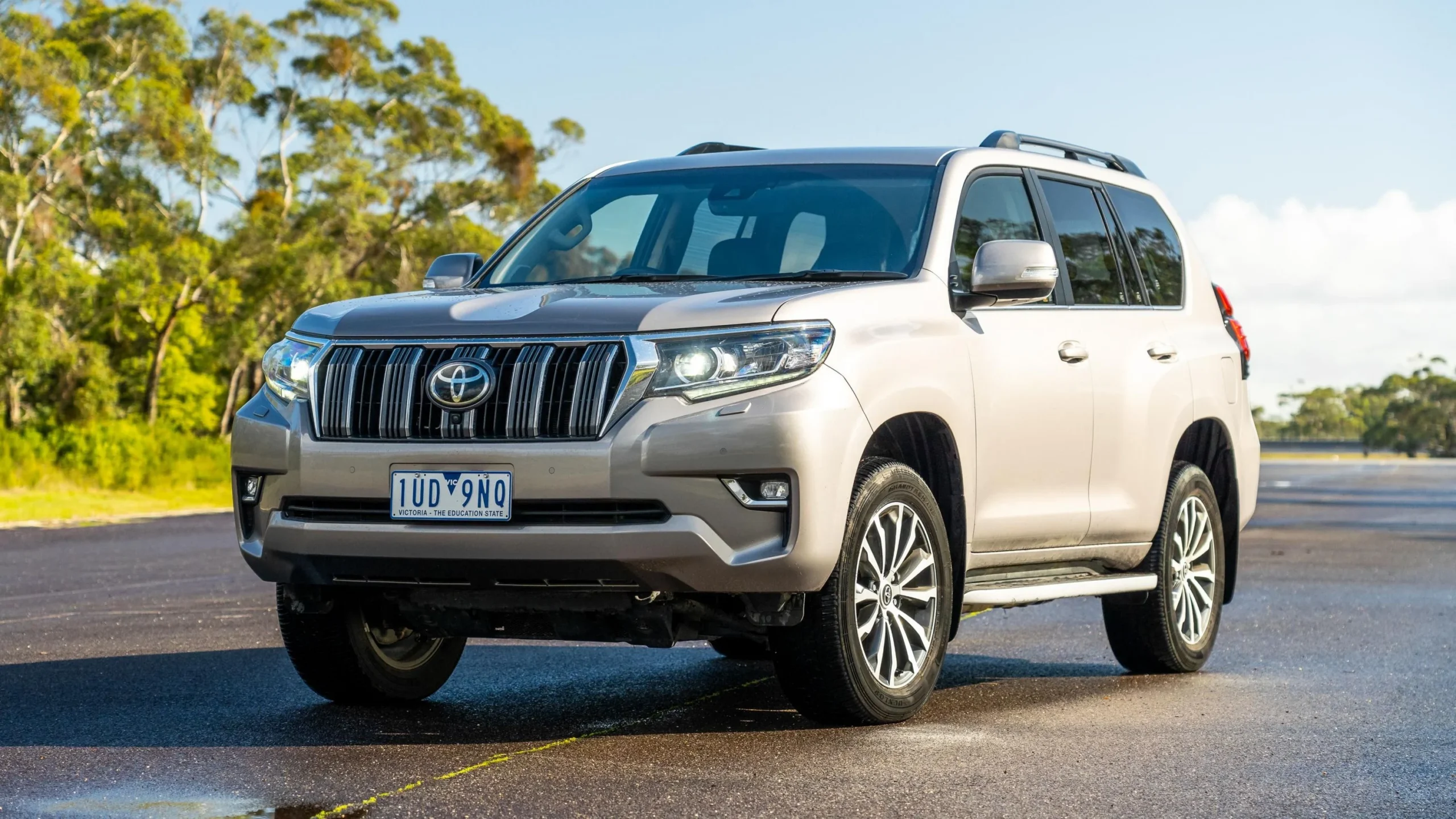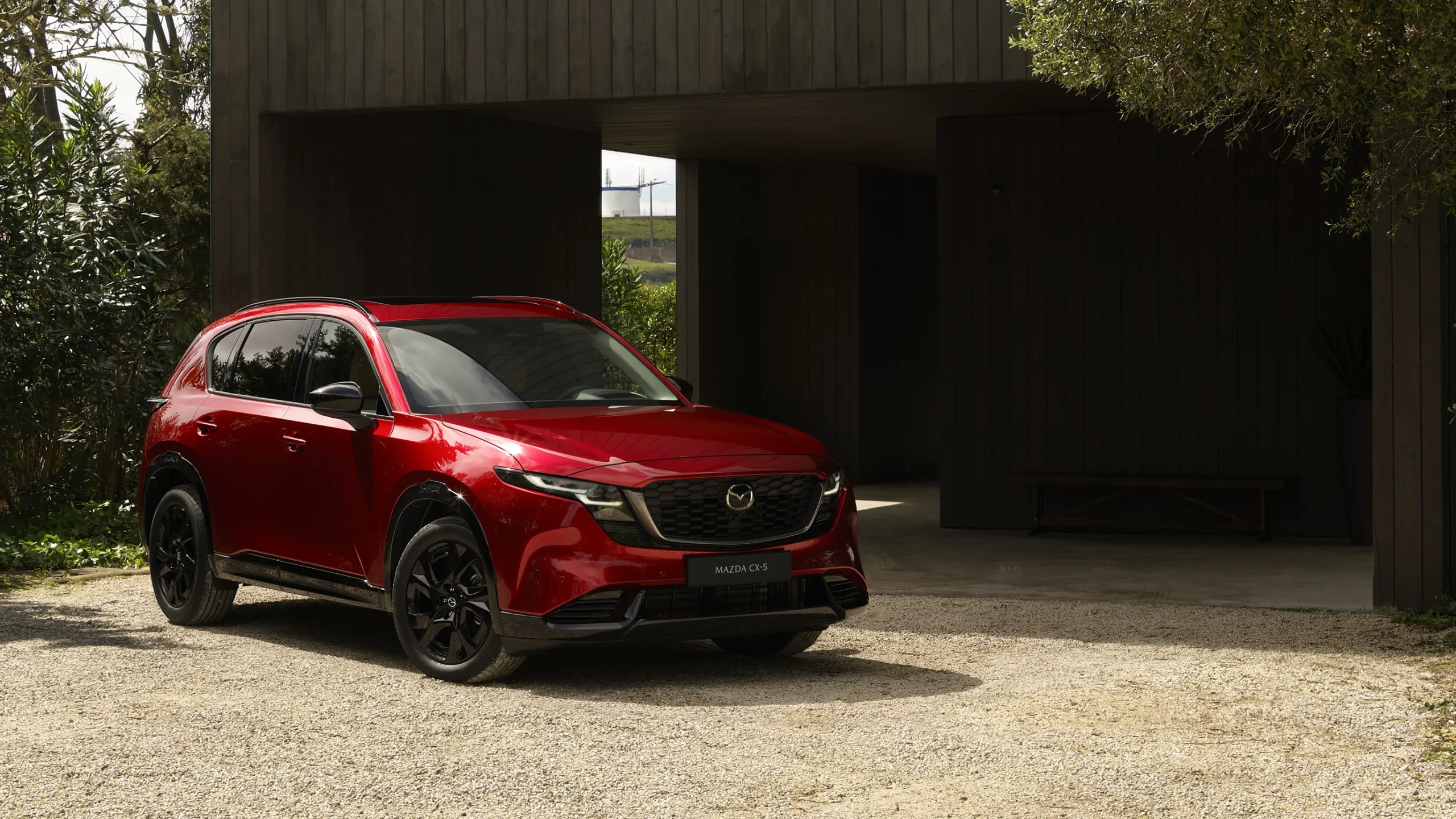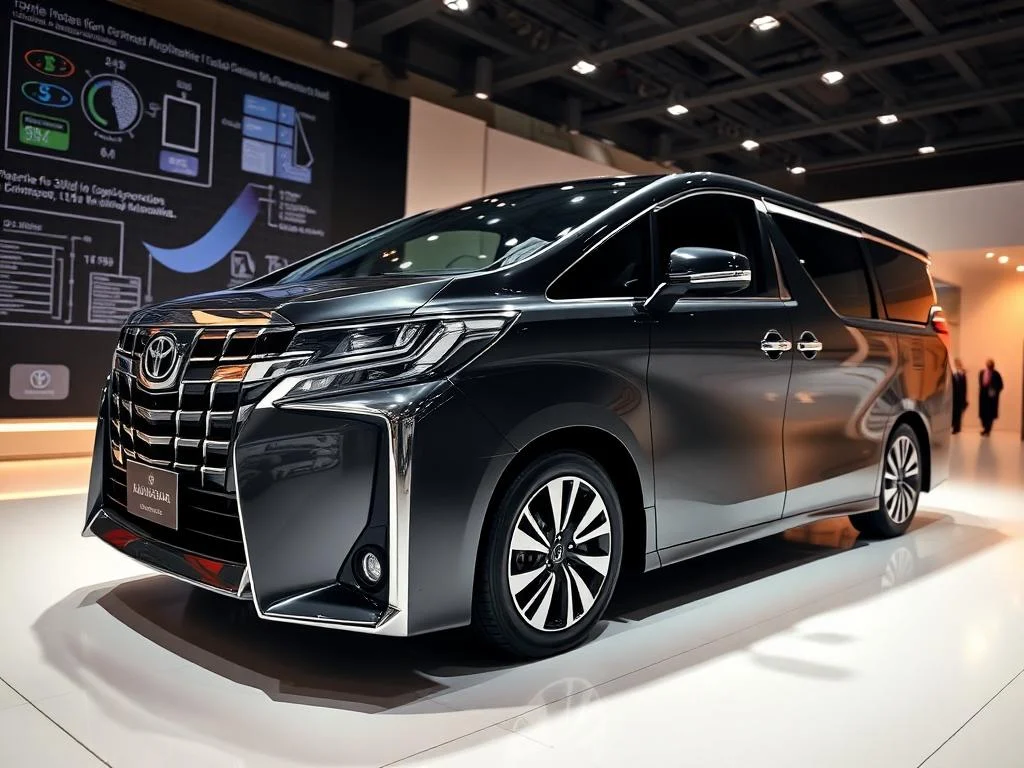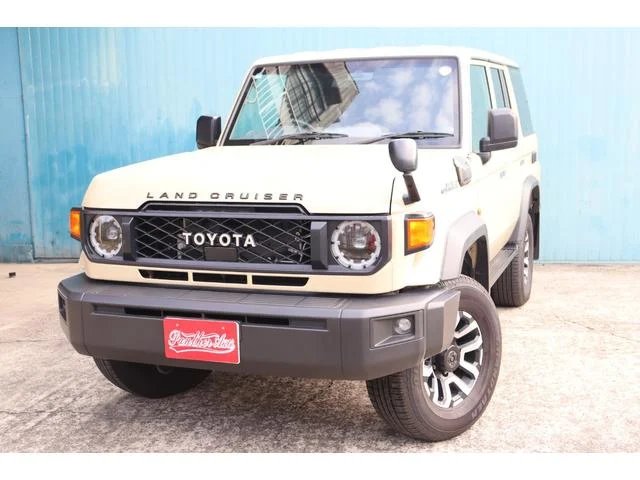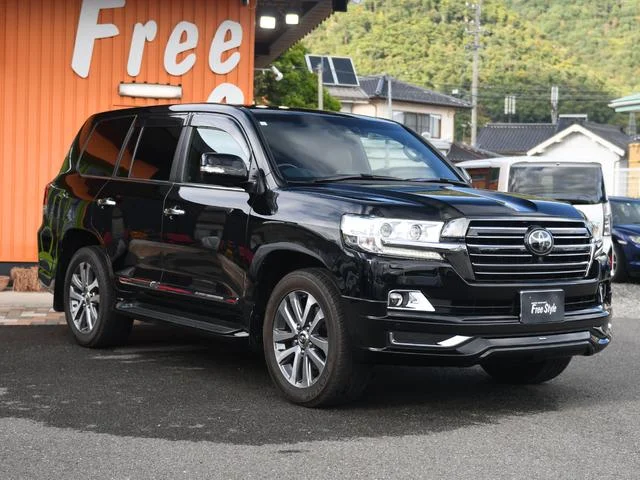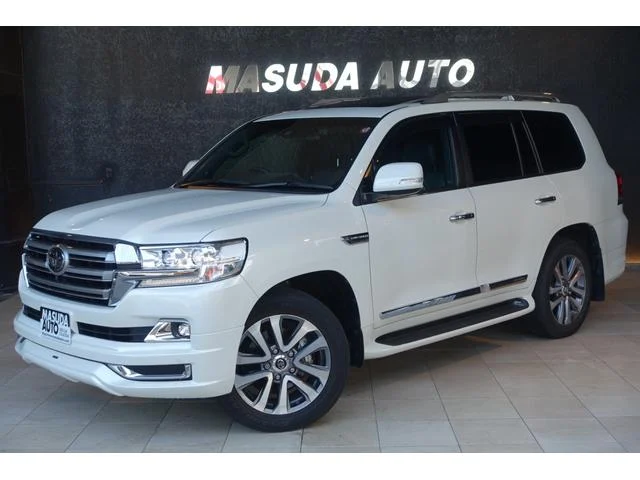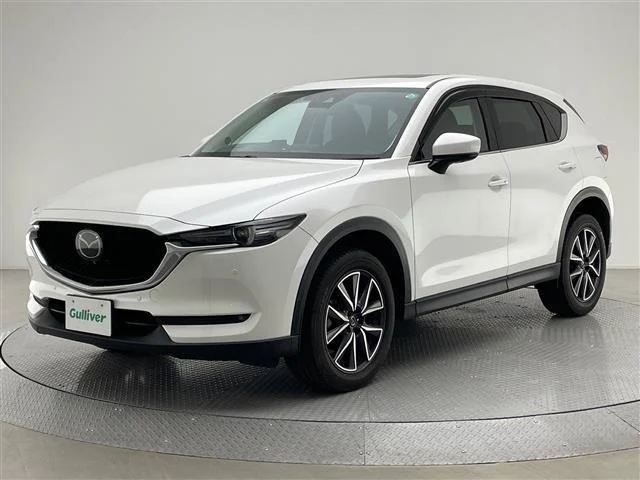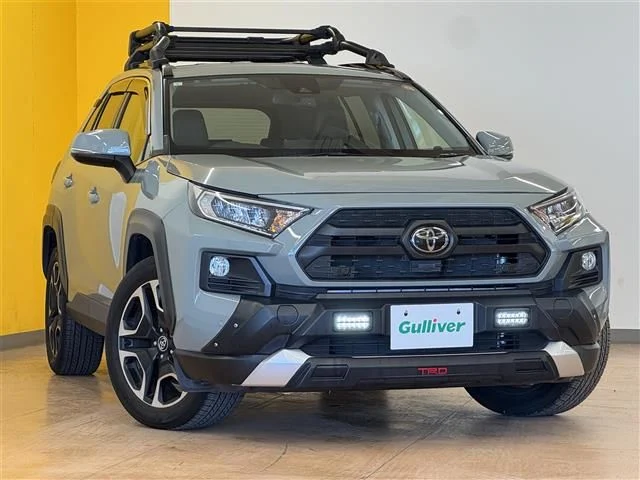Introduction: Why Fuel Economy Matters
Fuel economy, measured in miles per gallon (MPG) or liters per 100 kilometers, is a critical indicator of how efficiently your vehicle uses fuel.
Beyond the obvious financial benefits of reduced fuel costs, improved fuel economy contributes to a smaller carbon footprint, helping to protect our environment.
The rising cost of fuel in Kenya has made this a particularly pressing concern for many drivers.
Choosing a fuel-efficient vehicle, whether new or imported, is a smart investment that pays off over time.
Consider the long-term savings and the positive impact on the environment when evaluating your next vehicle.
Many popular models, like the Lexus NX250 and the Honda Vezel, are known for their impressive fuel efficiency.
If you’re considering importing a vehicle, understanding these factors can help you make a well-informed decision.
Ready to learn how to squeeze more miles out of every gallon?

Tip 1: Keep Your Tires Properly Inflated for Better Fuel Economy
One of the simplest and most effective ways to improve your fuel economy is to ensure your tires are properly inflated.
Underinflated tires increase rolling resistance, forcing your engine to work harder to move the vehicle.
This extra effort translates directly into lower MPG.
Check your tire pressure regularly – at least once a month – and inflate them to the manufacturer’s recommended pressure, which can typically be found on a sticker inside the driver’s side doorjamb or in your owner’s manual.
Don’t rely solely on the maximum pressure listed on the tire sidewall; that’s not the recommended pressure for your vehicle.
Properly inflated tires not only improve fuel economy but also enhance handling, braking performance, and tire longevity.
It’s a small effort with a significant return.
If you’re importing a vehicle, ensure the tires are in good condition and properly inflated upon arrival – our import process includes a thorough inspection to ensure your vehicle meets safety and performance standards.
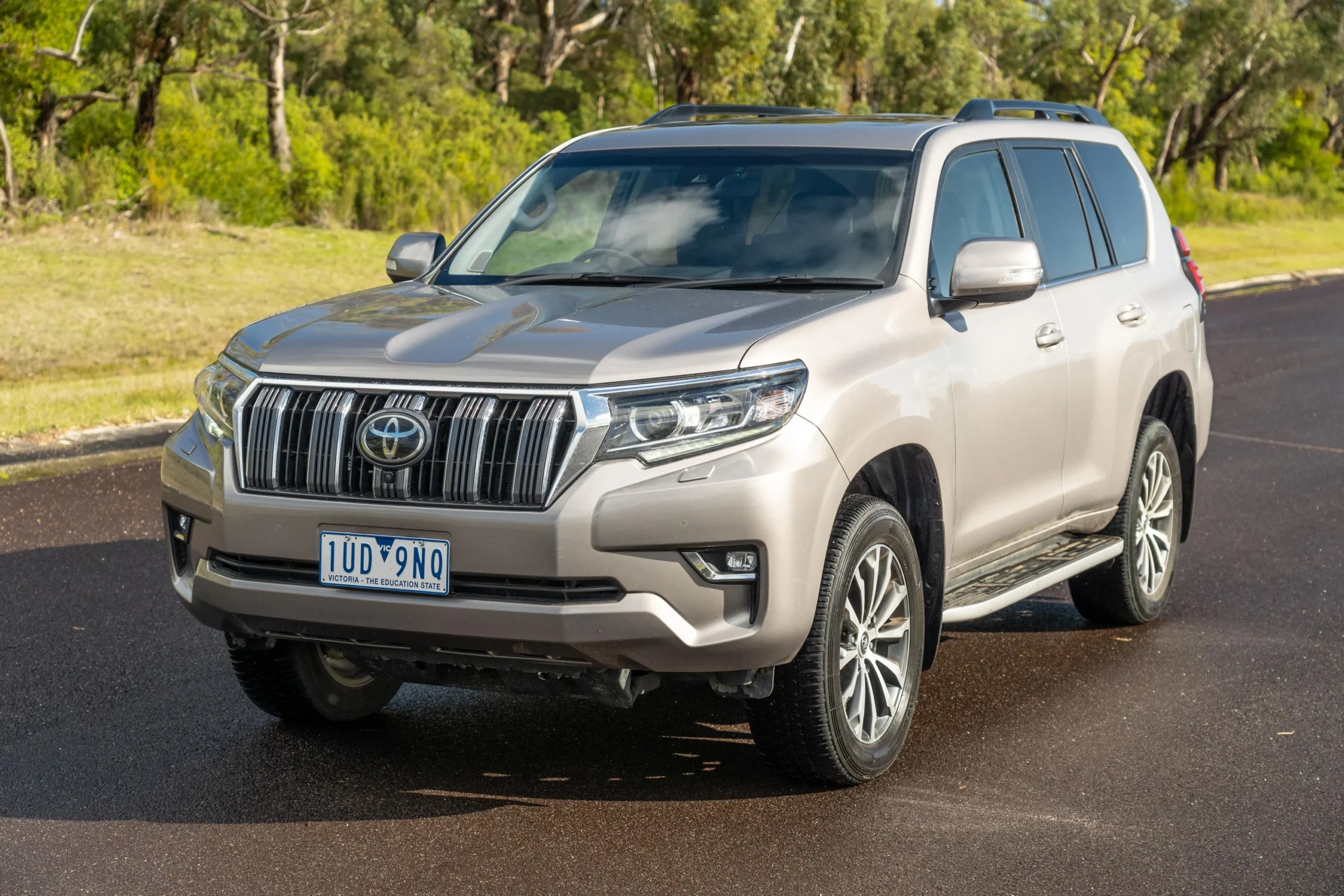
Tip 2: Adopt Efficient Driving Habits to Maximize MPG
Your driving habits have a significant impact on your fuel economy.
Aggressive acceleration, hard braking, and speeding all consume more fuel.
Instead, adopt a smoother, more relaxed driving style.
Accelerate gradually, maintain a consistent speed, and anticipate traffic flow to avoid unnecessary braking.
Using cruise control on highways can help maintain a steady speed and improve fuel efficiency.
Avoid idling for extended periods, as idling consumes fuel without covering any distance.
If you’re stopped for more than a minute, turn off your engine.
Consider the vehicle’s design when choosing a model; a streamlined BMW X6, for example, is designed for better aerodynamics, contributing to improved fuel efficiency when driven responsibly.
These simple adjustments can make a noticeable difference in your MPG.
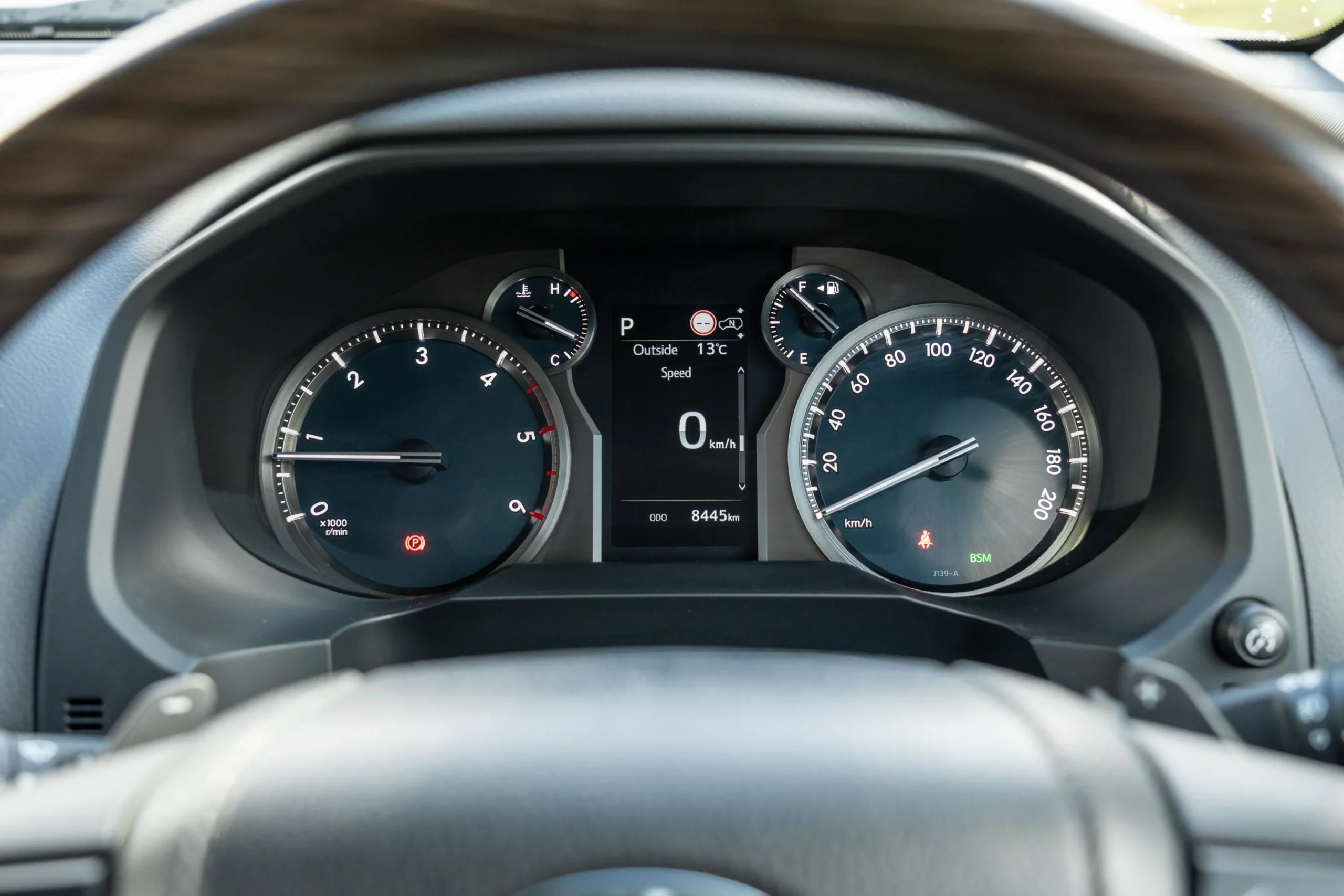
Tip 3: Perform Regular Engine and Filter Maintenance
A well-maintained engine runs more efficiently.
Regular maintenance, including oil changes, air filter replacements, and spark plug checks, is crucial for optimal fuel economy.
A clogged air filter restricts airflow to the engine, forcing it to work harder and consume more fuel.
Old or dirty spark plugs can also reduce combustion efficiency.
Follow your vehicle’s recommended maintenance schedule, and address any engine issues promptly.
A clean fuel filter ensures that your engine receives a steady supply of clean fuel, further contributing to improved fuel economy.
Neglecting these maintenance tasks can lead to decreased MPG and potentially more serious engine problems down the road.
When importing a vehicle, ensure it has undergone a comprehensive service to guarantee optimal performance – About Enan Motors, we prioritize quality and reliability in all our imported vehicles.
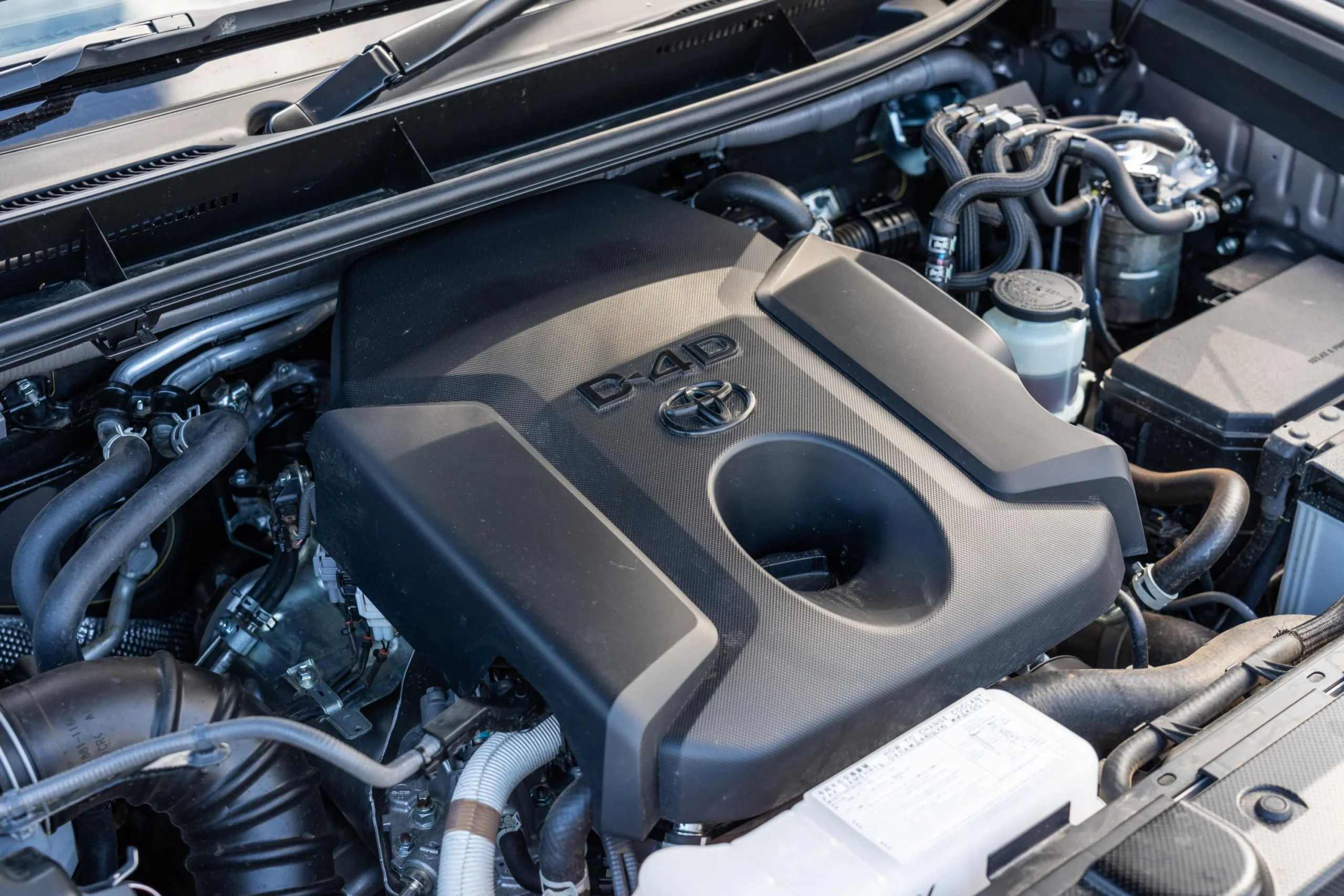
Tip 4: Reduce Excess Weight and Aerodynamic Drag
The heavier your vehicle, the more fuel it consumes.
Remove any unnecessary items from your car’s trunk or cargo area.
Even seemingly small items can add up over time.
Similarly, aerodynamic drag significantly impacts fuel economy, especially at higher speeds.
Remove roof racks or cargo carriers when not in use, as they increase wind resistance.
Ensure your windows are properly sealed to minimize air leaks.
Consider the vehicle’s design; a more aerodynamic shape reduces drag and improves fuel efficiency.
Models like the Mazda Axela are known for their sleek designs that contribute to better fuel economy.
Reducing weight and drag are simple yet effective ways to improve your MPG.

Tip 5: Choose the Right Fuel and Leverage Modern Technology
Using the correct grade of fuel as recommended by your vehicle’s manufacturer is essential for optimal performance and fuel economy.
Using a higher octane fuel than required won’t necessarily improve MPG and can actually be more expensive.
Modern vehicles often incorporate advanced technologies like direct injection, turbocharging, and hybrid systems, which are designed to improve fuel efficiency.
Take advantage of these technologies by driving in a manner that allows them to function optimally.
For example, hybrid vehicles benefit from regenerative braking, which captures energy during deceleration and uses it to recharge the battery.
Consider models like the Volkswagen Tiguan, which often incorporates fuel-saving technologies.
Choosing the right fuel and utilizing modern technology can significantly enhance your vehicle’s fuel economy.
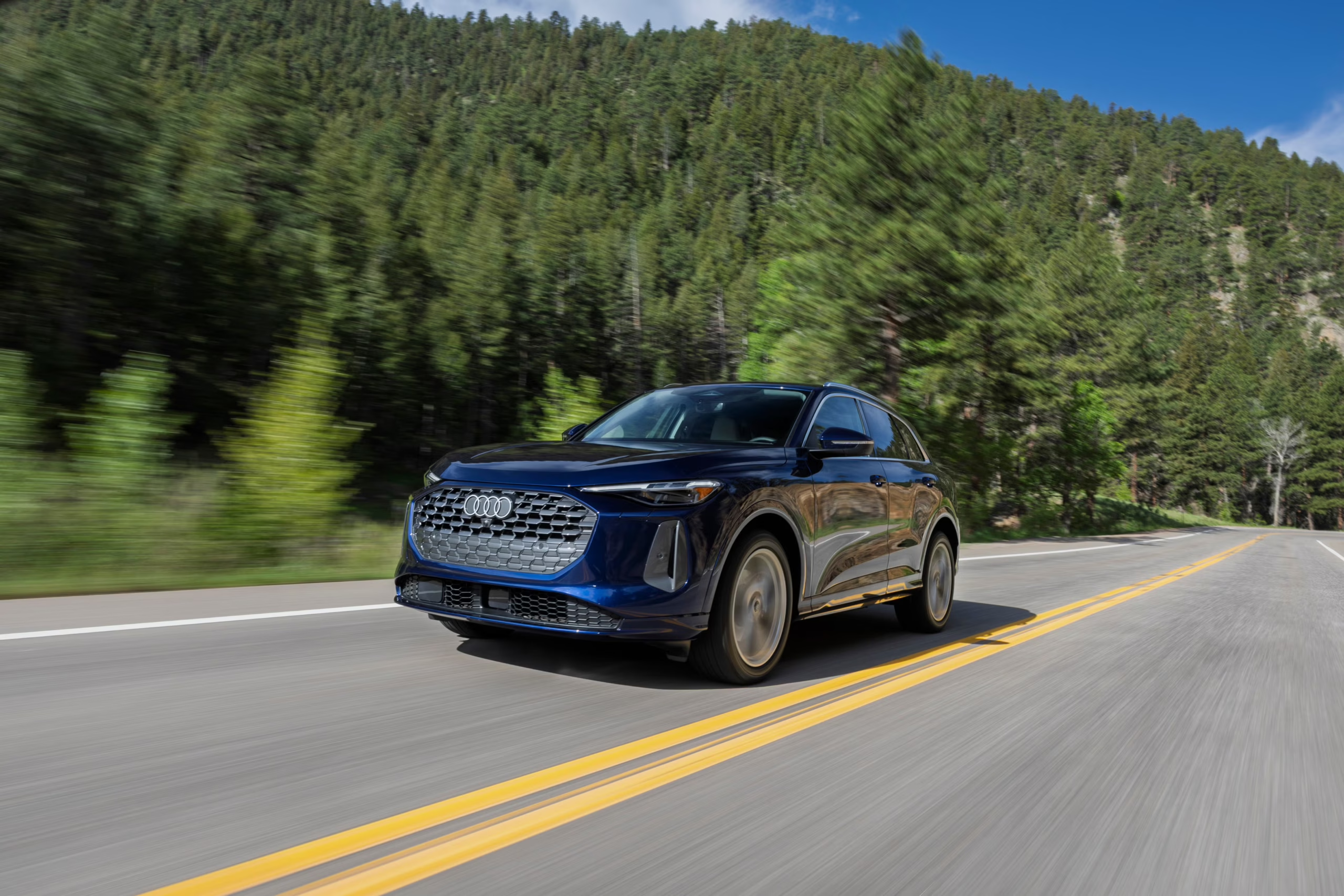
Bonus Insight: Real‑World MPG vs. EPA Estimates
It’s important to understand that EPA (Environmental Protection Agency) fuel economy estimates are conducted under controlled laboratory conditions and may not accurately reflect real-world driving conditions.
Factors such as driving style, traffic conditions, weather, and vehicle load can all impact your actual MPG.
Expect your real-world MPG to be slightly lower than the EPA estimates.
However, by implementing the tips outlined in this article, you can significantly narrow the gap between the EPA estimates and your actual fuel economy.
When researching vehicles, consider reading reviews and forums to get a better understanding of real-world MPG experiences from other drivers.
Importing a vehicle allows you to choose from a wider range of models and potentially find a vehicle that better suits your specific needs and driving habits.
If you’re looking for a reliable and fuel-efficient imported vehicle, browse our Inventory of available cars.
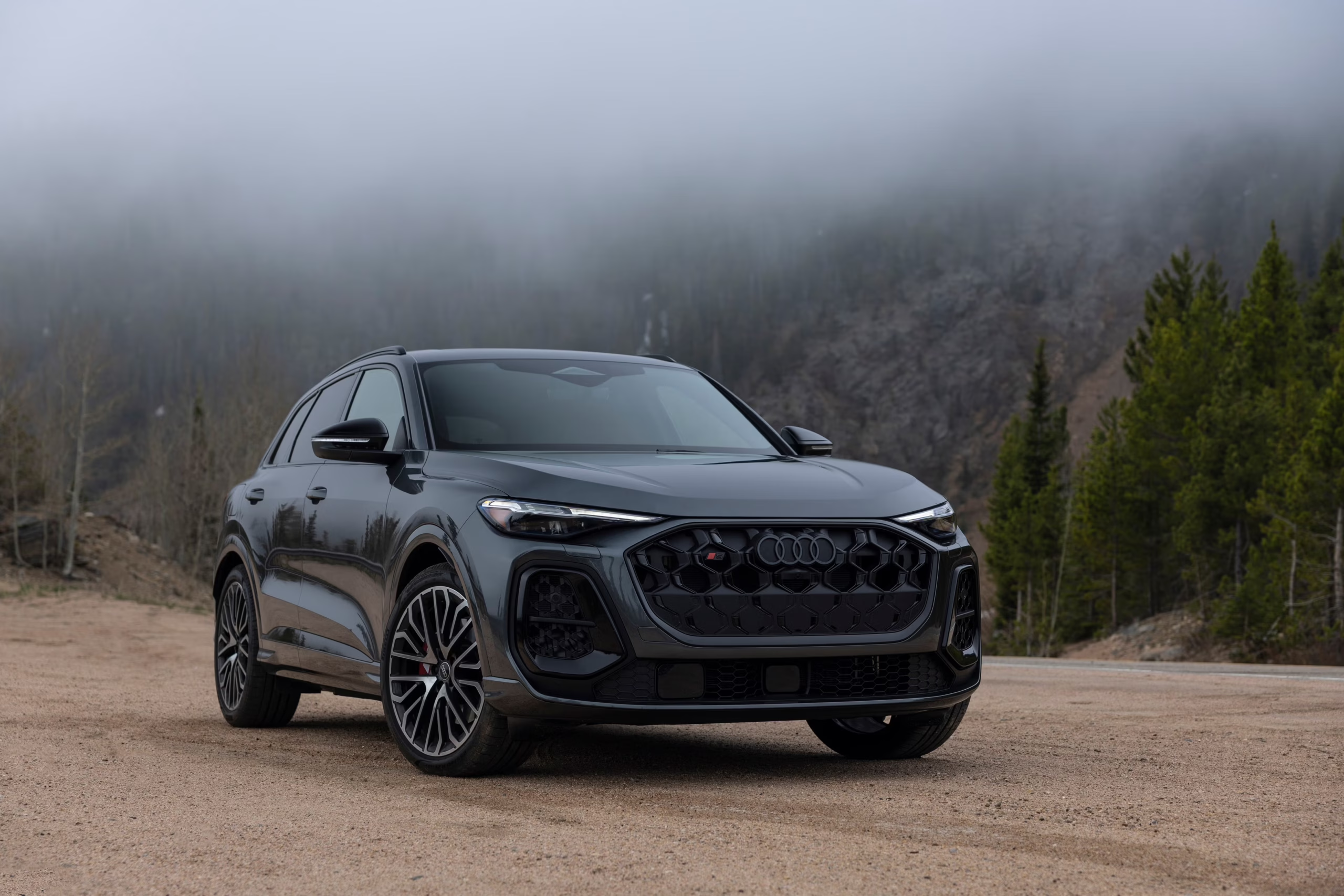
Conclusion: Long‑Term Savings, Performance, and Environmental Benefits
Improving your fuel economy is a win-win situation.
You save money on fuel costs, reduce your environmental impact, and potentially extend the life of your vehicle.
By implementing these five simple tips – keeping your tires properly inflated, adopting efficient driving habits, performing regular maintenance, reducing excess weight and drag, and choosing the right fuel – you can significantly improve your MPG.
Remember that consistent effort and attention to detail are key to achieving long-term savings and maximizing your vehicle’s efficiency.
If you’re considering importing a vehicle, Enan Motors offers a seamless and reliable import process, ensuring you get a quality vehicle that meets your needs.
For expert advice and assistance with your car import needs, Contact us today!
You can reach us by phone at 0723 328 339, email us at imports@enanmotors.com, or message us on WhatsApp at 0723 328 339.
Let us help you drive smarter and save money!

FAQ
- What is the most significant factor affecting fuel economy?
Driving habits are often the most significant factor. Aggressive acceleration and braking consume considerably more fuel than smooth, consistent driving. - How often should I check my tire pressure?
It’s recommended to check your tire pressure at least once a month and before long trips. - Does using premium fuel always improve fuel economy?
No, using premium fuel when your vehicle doesn’t require it won’t improve fuel economy and is simply a waste of money. - What’s the best way to reduce aerodynamic drag?
Remove roof racks or cargo carriers when not in use and ensure your windows are properly sealed. - Where can I find the recommended tire pressure for my vehicle?
You can typically find the recommended tire pressure on a sticker inside the driver’s side doorjamb or in your owner’s manual.

